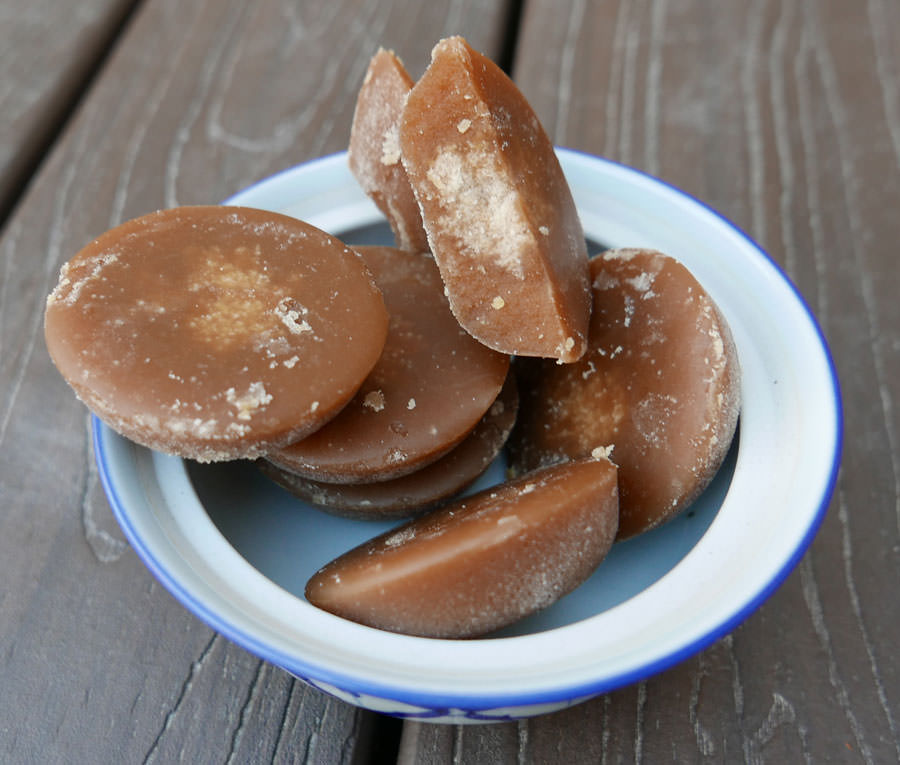Cane Sugar Processing Explained: What Happens Inside a Sugar Mill
Cane Sugar Processing Explained: What Happens Inside a Sugar Mill
Blog Article
A Comprehensive Guide to the Ecological Impact and Sustainability Practices in Walking Cane Sugar Processing
The ecological impact of cane sugar processing provides an intricate variety of obstacles that warrant mindful evaluation. From dirt degradation and too much water use to the carbon impact linked with farming and production, the effects of conventional practices are far-reaching. What details practices can be applied to strike a balance between performance and ecological stewardship?
Overview of Walking Cane Sugar Handling
Walking cane sugar handling includes a series of organized actions that change sugarcane right into refined sugar. At first, collected sugarcane is transferred to processing facilities, where it undergoes cleaning up to get rid of dirt and particles. Following this, the walking stick is crushed to remove juice, which is then clarified by removing impurities with heating and the addition of lime.
The made clear juice goes through dissipation, where water is eliminated to focus the sugar content. This concentrated syrup is after that crystallized via cooling, allowing sugar crystals to develop. These crystals are separated from the remaining syrup using centrifugation, leading to raw sugar. To attain polished sugar, the raw product undergoes more filtration processes, which may consist of cleaning and filtering to eliminate remaining pollutants and color.
The last product is after that dried and packaged for distribution. Throughout this whole process, maintaining performance and quality assurance is vital to make sure the sugar satisfies market criteria. Each action in walking cane sugar handling not just adds to the final item but also has ramifications for source usage and waste generation, setting the phase for conversations on sustainability and ecological impacts connected with sugar production.
Environmental Difficulties of Manufacturing
The manufacturing of cane sugar offers a number of substantial environmental challenges that warrant attention. One main problem is the substantial usage of agrochemicals, consisting of pesticides and plant foods, which can lead to soil destruction, biodiversity loss, and contamination of regional water sources. The runoff from sugarcane fields often brings these chemicals into neighboring ecological communities, interrupting marine life and influencing the health and wellness of communities reliant on these water bodies.
Another obstacle is the high energy usage linked with sugarcane processing. The boiling and refining phases require substantial warm, mainly produced by burning fossil gas, adding to greenhouse gas emissions. Furthermore, the expansive land location required for sugarcane growing can lead to deforestation and habitat destruction, further exacerbating climate adjustment and harmful wildlife.
Furthermore, the labor methods in some areas increase ethical concerns, as employees may encounter bad working conditions and insufficient incomes. This situation usually bolsters a cycle of destitution in regional communities. Cane Sugar Processing. Dealing with these ecological difficulties is important for establishing more sustainable techniques in walking cane sugar manufacturing, eventually benefiting both the atmosphere and the areas associated with this industry
Water and Land Usage Influence
Water resources and land utilization are crucial components in the walking cane sugar market that dramatically influence the atmosphere. The cultivation of sugarcane calls for considerable water input, with price quotes suggesting that it can eat approximately 2,000 liters of water per kilogram of sugar generated. This extensive usage of water frequently brings about exhaustion of neighborhood water resources, influencing not just the sugarcane plantations however additionally surrounding communities and areas that rely upon the same water resources for farming and domestic usage.

Furthermore, land use for sugarcane growing can cause logging and the conversion of all-natural environments into monoculture ranches. This technique decreases biodiversity, disrupts local ecological communities, and contributes to soil deterioration. The expansion of sugarcane fields frequently elbows in on valuable farming land, producing competition for resources between food and biofuel manufacturing.
Lasting techniques, such as optimizing watering strategies and carrying out plant rotation, are important to alleviate these effects. By taking on a lot more effective water use and land management approaches, the walking stick sugar sector can decrease its eco-friendly impact, making certain a balance in between agricultural efficiency and environmental preservation.
Greenhouse Gas Emissions
Greenhouse gas exhausts stand for a substantial ecological worry within the walking cane sugar handling industry, specifically as farming practices expand to satisfy global demand. The farming of sugarcane, a crop that thrives in exotic environments, depends greatly on synthetic fertilizers and chemicals, which add to nitrous oxide discharges. Additionally, land-use adjustments, including deforestation for brand-new sugarcane plantations, launch carbon dioxide stored in plants and dirt.
During handling, energy usage is an additional major resource of greenhouse gas exhausts - Cane Sugar Processing. Many sugar mills make use of fossil gas to power equipment and generate warmth, leading to significant carbon impacts. Moreover, the transport of raw sugarcane and ended up items includes layers of emissions with gas combustion in vehicles
This involves evaluating current agricultural practices, refining techniques, and transportation systems to determine areas for enhancement and mitigation. Addressing greenhouse More hints gas discharges is crucial for fostering an extra sustainable walking cane sugar industry in a transforming environment.

Lasting Practices and Innovations
Lasting techniques and innovations are progressively important in the walking stick sugar handling sector as stakeholders look for to minimize environmental influences while preserving performance. One significant innovation is the implementation of incorporated plant management, which optimizes resource usage by incorporating soil management, insect a fantastic read control, and plant turning methods. This strategy boosts yield while reducing chemical inputs and maintaining soil wellness.
Moreover, the adoption of sustainable energy sources, such as biomass from sugarcane deposits, has acquired traction - Cane Sugar Processing. By transforming waste products into energy, refining centers can decrease their reliance on fossil fuels, thereby decreasing greenhouse gas emissions
Water management techniques have actually also seen improvements through the recycling and reusing of water in processing plants, significantly reducing freshwater intake. Innovations in innovation, such as precision farming, allow farmers to keep track of crop wellness and resource usage better, ensuring sustainable cultivation techniques.
Additionally, qualification programs like Fair Trade and Rain forest Partnership encourage eco accountable farming techniques and advertise social equity within the supply chain. By accepting these lasting practices and developments, the cane sugar processing market can boost its resilience and add positively to ecological stewardship.
Verdict
The ecological effect of walking cane sugar handling offers substantial difficulties, consisting of dirt deterioration, high water intake, and greenhouse gas discharges, together with ethical concerns connected to labor techniques. Resolving these issues via lasting methods, such as incorporated crop administration, sustainable energy fostering, and water recycling, is essential. By promoting environmentally liable and socially equitable techniques in sugar manufacturing, the sector can reduce its damaging effects, making certain a much more lasting future for both ecosystems and areas included in this sector.
Walking cane sugar processing entails a series of methodical actions that change sugarcane right into polished sugar. Each step in walking cane sugar processing not just adds to the final item but also has ramifications for source usage and waste generation, setting the important link stage for discussions on sustainability and ecological effects associated with sugar manufacturing.
Greenhouse gas emissions represent a significant ecological worry within the cane sugar processing market, particularly as farming practices broaden to meet international need.Lasting techniques and advancements are increasingly crucial in the walking stick sugar processing industry as stakeholders look for to decrease ecological effects while keeping productivity.The ecological impact of walking stick sugar processing provides considerable challenges, consisting of soil degradation, high water consumption, and greenhouse gas exhausts, alongside ethical issues related to labor techniques.
Report this page